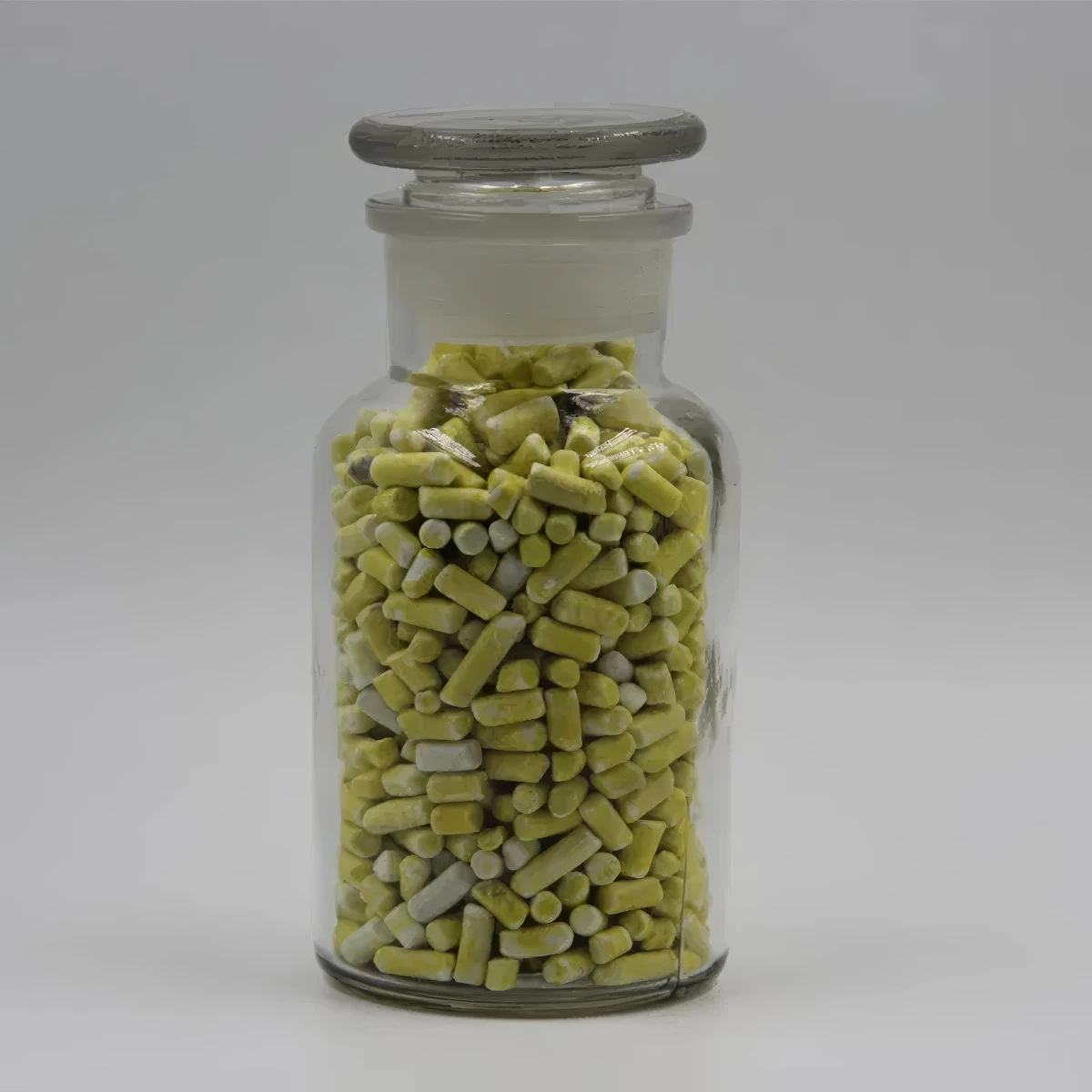



Effective Methods for Swimming Pool Water Disinfection and Maintenance Techniques
The Importance of Swimming Pool Disinfection
Swimming pools are a popular recreational facility that provides a refreshing escape during hot summer months. However, to ensure that these water bodies remain safe and enjoyable for everyone, proper disinfection is of utmost importance. Disinfecting swimming pools is crucial for eliminating harmful pathogens, maintaining water clarity, and enhancing the overall swimming experience.
Understanding Pool Contamination
Swimming pools can easily become contaminated without adequate hygiene practices. Contaminants come from various sources, including bathers themselves, environmental factors, and pool equipment. When people enter a pool, they bring with them sweat, oils, cosmetics, and even bacteria. According to studies, a typical swimmer can introduce millions of microorganisms into the water. Additionally, leaves, dirt, and debris from the surrounding environment can further compromise water quality.
If left untreated, these contaminants can lead to waterborne illnesses, including gastrointestinal infections, skin irritations, and respiratory issues. The Centers for Disease Control and Prevention (CDC) has reported numerous outbreaks linked to improperly maintained pools. Therefore, the necessity of effective disinfection cannot be overstated.
Common Disinfection Methods
There are various methodologies utilized in swimming pool disinfection
. The most common methods include1. Chlorination Chlorine is the most widely used chemical in swimming pool sanitation. It effectively kills bacteria and viruses, preventing the spread of infections. Chlorine operates by forming hypochlorous acid in the water, which disrupts the cellular processes of pathogens. Regular testing of chlorine levels is essential to ensure that the concentration remains within the recommended range (1-3 ppm for residential pools).
2. Bromination Bromine is an alternative to chlorine and offers several benefits. It remains stable across a wide range of pH levels and is not as harsh on the skin and eyes. It is often used in indoor pools, spas, and hot tubs, where higher temperatures can rapidly degrade chlorine.
swimming pool disinfection

3. UV-C Treatment Ultraviolet (UV) light systems offer a non-chemical alternative for pool disinfection. Water passes through a UV lamp that emits light at a wavelength capable of inactivating pathogens. While UV systems do not completely replace traditional disinfectants, they can significantly reduce the required amount of chemicals, leading to clearer and cleaner water.
4. Ozone Treatment Ozone is a powerful oxidizer that can effectively eliminate bacteria and viruses. Ozone treatment can reduce the need for chlorine, though like UV systems, it should be used in conjunction with a residual disinfectant to maintain long-term water safety.
Regular Maintenance and Monitoring
Disinfecting pools is not a one-time task; it requires consistent maintenance. Pool owners and operators should regularly monitor water quality parameters, including pH levels, chlorine or bromine residuals, total alkalinity, and calcium hardness. Each of these factors plays a vital role in ensuring effective disinfection and water balance, which can enhance swimmer comfort and safety.
Routine cleaning plays an essential role in maintaining pool hygiene by removing debris and preventing algae growth. Skimming the surface, vacuuming the bottom, and brushing the walls should be part of a regular maintenance schedule. Additionally, backwashing filters and inspecting pool equipment will help maintain optimal water circulation and filtration, further contributing to disinfection.
Promoting Safe Swimming Practices
Besides technical disinfection processes, promoting safe swimming practices among patrons is equally important. Encouraging bathers to take a pre-swim shower, avoid urinating in the pool, and stay out when ill can significantly reduce the risk of contamination. Providing informational signage can help educate swimmers about maintaining pool cleanliness and the importance of personal hygiene.
Conclusion
Swimming pool disinfection is a critical aspect of pool management that cannot be neglected. Through the use of effective disinfectants and regular maintenance, pool operators can ensure a safe and healthy environment for all swimmers. By understanding contamination sources, employing various disinfection methods, and promoting hygiene practices, we can enjoy the pleasures of swimming while safeguarding our health. Ultimately, a clean and well-disinfected pool creates not just a beautiful recreational environment but also a foundation for a healthy community.
-
Why Strontium Carbonate Still MattersNewsJun.06,2025
-
Why BaSO4 MattersNewsJun.06,2025
-
Why Barium Carbonate Still MattersNewsJun.06,2025
-
Strontium Hydroxide: A Versatile Compound for Modern ApplicationsNewsJun.06,2025
-
Strontium Chloride in Daily IndustryNewsJun.06,2025
-
Pure Potassium Nitrate for SaleNewsJun.06,2025
-
What Is Sodium Bisulfate Used For?NewsMay.15,2025










